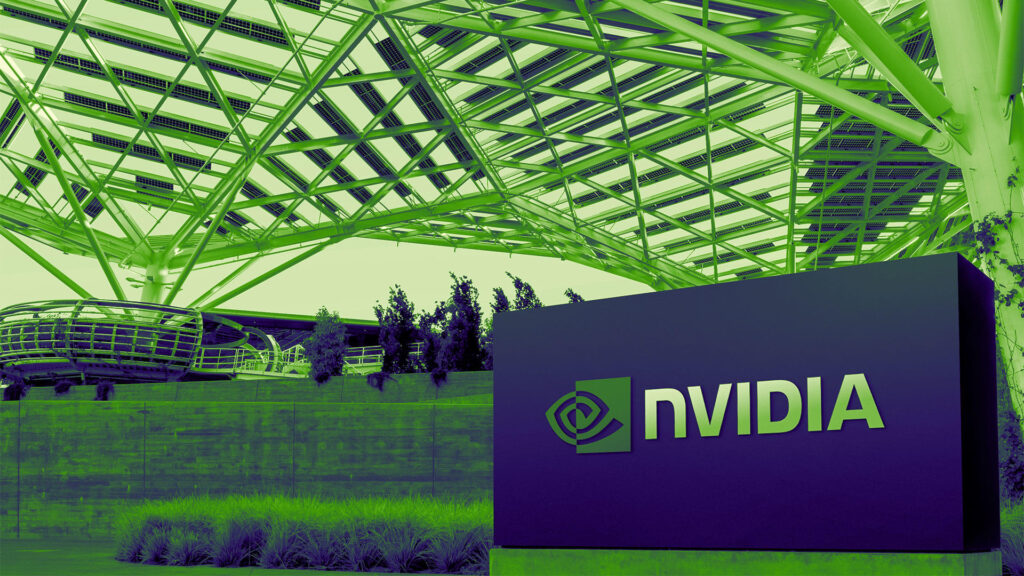Introduction to Localhost and Port Numbers
Have you encountered the mysterious address 127.0.0.1:49342 in web development or networking discussions? If so, you’re not alone! This seemingly random string of numbers holds the key to understanding how computers communicate with one another—especially regarding local connections 127.0.0.1:49342.
At its core, localhost is your computer’s way of saying, “Hey, I’m right here!” It allows developers and tech enthusiasts like you to test applications without a network connection. Then, port numbers act as unique identifiers for different services running on that local host.
In this article, we’ll decode 127.0.0.1:49342 together, unpacking what it means and why it’s essential in the digital world today. So buckle up as we navigate IP addresses, ports, and everything in between!
The Concept of IP Addresses
IP addresses are the backbone of communication on the internet. They serve as unique identifiers for devices within a network, ensuring that data packets reach their correct destinations.
Each IP address consists of four numbers separated by periods in IPv4 format. This allows computers and servers to identify each other quickly.
IPv6 was introduced to accommodate the growing number of devices connected to the internet. It uses eight groups of hexadecimal digits, vastly expanding available addresses.
Understanding IP addresses is crucial for troubleshooting connectivity issues or configuring networks effectively. They can be static, remaining constant over time, or dynamic, changing with each connection.
Whether you’re surfing online or accessing local services via localhost, recognizing how these numerical labels function makes navigating digital landscapes smoother and more intuitive.
What is 127.0.0.1:49342?

The number 127.0.0.1 is a unique IP address, often referred to as “localhost.” It represents the local machine you are currently using and allows your computer to communicate with itself.
Now, let’s add the port number 49342. Port numbers help organize network traffic by directing data packets to specific processes or services on your device.
When combined, 127.0.0.1:49342 points to a particular application or service operating locally on that designated port. This setup is crucial for developers who must test applications without external interference.
This combination helps create an isolated environment where functions can be analyzed and refined before deployment into wider networks or online platforms.
Why is Port 49342 Significant?
Port 49342 is significant for several reasons, primarily within software development and network configurations. This port number often represents a dynamic or ephemeral port that applications use to facilitate communication on local networks.
Many developers encounter this specific port during testing and debugging processes. Operating systems frequently assign It’s when an application requests a connection without specifying a particular one. This flexibility allows various programs to operate simultaneously without interference.
Moreover, understanding your system’s usage of Port 49342 can help diagnose connectivity issues. Knowing which services use it can lead to potential conflicts or misconfigurations when troubleshooting connections.
The significance of Port 49342 extends beyond mere technical details; it embodies the fluidity of modern networking practices where adaptability is crucial for seamless operations in web environments.
Common Uses of Localhost and Port Numbers
Localhost and port numbers play a crucial role in web development. They allow developers to test applications locally before deploying them live, ensuring that bugs can be caught early and saving time and resources.
You often see localhost used with various web servers like Apache or Nginx. These setups help simulate real-world scenarios without the need for external hosting services.
Port numbers also serve specific functions. For instance, HTTP typically runs on port 80, while HTTPS uses port 443. However, developers frequently utilize custom ports like 49342 for unique applications or testing environments.
Additionally, APIs rely on local host connections during development phases to streamline communication between software components. This setup fosters an efficient workflow as changes are instantly reflected without needing remote server interactions.
How to Use Localhost and Port Numbers in Web Development

Using localhost and port numbers is essential in web development. Localhost refers to your computer, allowing you to test applications without affecting a live environment.
To get started, ensure your local server is running. Popular options include XAMPP, WAMP, or MAMP. Once set up, access it using 127.0.0.1 in your browser.
The port number defines the specific service you’re connecting to on localhost. Commonly used ports are 80 for HTTP and 443 for HTTPS. In this case, using 127.0.0.1:49342 means accessing a service listening on that particular port.
When developing an application, specify the correct endpoint with the desired port number in your code—this ensures smooth communication between components.
Testing APIs locally? Use tools like Postman while pointing them at localhost with the appropriate port number for seamless integration testing during development.
Troubleshooting Common Issues with Localhost and Port Numbers
Troubleshooting issues with localhost and port numbers can be challenging, but a few standard solutions can help.
First, check if the server is running. If it’s inactive, you can connect to 127won’t1:49342 or any other local address.
Next, ensure that no other applications are using the same port number. Conflicts on ports often lead to connection failures.
Firewall settings might also block access unexpectedly. Make sure your firewall allows traffic through the specified port.
If you receive error messages, they may provide insights into what. Please pay attention to them; they are responsible for effective troubleshooting.
Consider resetting your network settings or flushing the DNS cache, as these steps sometimes resolve persistent connection problems without much hassle.
Conclusion
Understanding localhost and port numbers is essential for anyone working with web development. The combination of 127.0.0.1:49342 offers unique insight into how local servers communicate.
This specific address points to your machine, allowing seamless testing of applications before they go live. Port numbers like 49342 are crucial in distinguishing different services running simultaneously on the same device.
As technology evolves, grasping these concepts will empower developers and users to navigate networks efficiently. Embracing this knowledge opens doors to troubleshooting effectively and enhancing overall digital experiences.
Engaging with a local host can be an exciting journey filled with learning opportunities. It makes it easier to experiment without any risks associated with external environments. Whether you’re just starting out or looking to refine your skills, understanding the nuances of IP addresses remains foundational in today’s landscape.
FAQs
What does 127.0.0.1 mean?
127.0.0.1 is the IP address used to refer to localhost, which is essentially your computer or device itself in a network context.
What is a port number?
A port number serves as an endpoint for communication on a networked device, helping direct traffic to specific applications or services running on that device.
How do I access localhost?
You can access localhost by typing “ht”p://127.0.0.1″ i” into your web browser’s address bar. This will take you to the local server hosted on your machine.
Why might I see different port numbers like 49342?
Different applications use various ports for their operations; thus, a unique number like 49342 often indicates that an application has specified its designated communication channel.
Are there security concerns with using localhost and specific ports?
Generally, accessing localhost carries minimal risk since it’s restricted to your local machine; however, be cautious about what services you expose externally and ensure proper firewall and security settings configuration if needed.
Can I change the default localhost port number?
Yes, many development environments allow you to configure the port settings according to your needs—just keep in mind that other software may need adjustments, too, when changing these defaults.
Is it possible for multiple programs to use the same port simultaneously?
No, only one program can listen on any given port at one time per IP address; trying to start another service on that same port will result in conflicts unless configured otherwise through alternative networking techniques.
Also read: Bruce Buffer








One thought on “Understanding 127.0.0.1:49342 – The Basics of Localhost and Port Numbers”